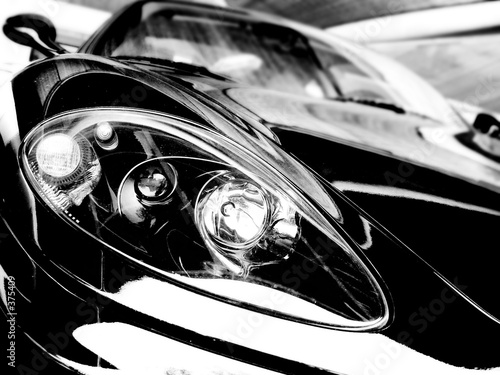The powertrain – a pair of turbines spinning at 80,000 rpm – allowed the design team to create a proportionally simple and elegant form full of volume and suppleness. Along with the similarly fully-surfaced Renault DeZir concept, it suggests we're moving away from an era of line-based exterior design and towards an aesthetic built on surface.
The French connection doesn't stop there; the long tail, flat deck lid and thin wraparound taillamps are reminiscent of the GTbyCitroen concept from 2008. Indeed, on first acquaintance the C-X75 doesn't speak overtly of Jaguar, certainly not with the saccharine sweetness of yore, but nor does it eviscerate Jaguar heritage as comprehensively as the XJ. At last, heritage and the future have become happy bedfellows. The only weak element is the DRG, which has a pinched, somewhat derivative sports car look.
The interior is arguably more impressive. A spare material palette of chrome, aluminum, leather and textile combine with layered surfaces and fixed seat design to offer something unique; a delicate balance between luxury and sparseness.
The presence of vanes and air-ducting speaks of an attempt to build a language around the propulsion system. Other highlights include the unique HMI, the individual, blue-lit hexagonal speaker units inside the door and the roof-mounted starter console that reinforce the cocoon-like cockpit feel Jaguar's designers were so keen to create.
For a long time Jaguar has had the potential to deliver a convincing vision for its future, building on its storied history and the wealth of passion for the brand. So often it has flattered to deceive, but the C-X75 finally delivers on the promise and is a candidate for star of the show.









